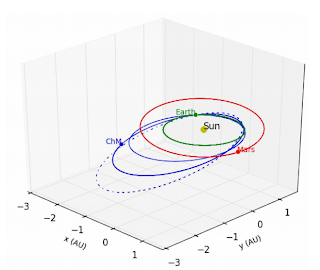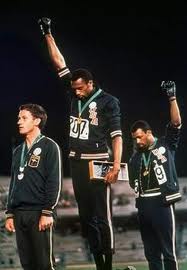“Zuri, the flesh must be divided evenly.” instructed Leena, pointing to her too generous cuts of the meat given to them by the recently returned warriors.
“You mean less the largest portion which goes to the Queen.” The young woman stopped cutting the flesh in front of her, took a deep breath and started dividing the portions already cut into smaller pieces.
“I hear she doesn't even eat it.” said another.
“She doesn't. She says the meat from wild beasts smells bad. I tell her that it's all of the meat we have now. She just drinks the muthi and makes me take the stew away most days– I give it to the those in need of it.” said Olufemi.
“You give it to Wasswa.” teased Nia as she walked by Olufemi carrying a basket full of fruit that somehow she had to divide between so many.
“We give the best to the King's family while the people are starving. It isn't enough and it never is.” said Olufemi.
“You can ignore me all you want Olufemi but I see the way he looks at you...and you he.”
“He is a warrior and I am a servant, bound to the king and his family. These eyes wander no further than the Queen's izindlu.” said Olufemi without looking up from her task.
“We do as we are told and we are lucky to have this much meat. The days of hunger will end and we will have rain again. King Nkosana has shared this from the ancestors, that we will suffer for a short time and the Kishnu will kneel at our feet. It is prophesy!”
"Yes, Leena of course." said Olufemi, nodding her head in agreement.
“Leena, you are old and sound just like the King. Do you have any thoughts that are your own? I'm tired of the prophesy and I want to eat everyday. I'm tired of hearing about the ancestors, what about the living? Why can't we till the soil or go fishing in the sea for ourselves? Why must only Nkosana provide?!” asked Nia for the third time since the last rain.
Without a warning, the elder cook rushed to the girl, raised her right hand up above her, landing it across her left cheek with so much force the girl staggered backwards. All of the others stood where they were, speechless. The young cook's pride alone was enough of a dam to keep tears from her face. She raised her hands to the left side of her face for a moment, then dropped them and faced Leena as if she was ready to strike her back.
“Nkosana comes from a line of kings too great in number for you to count, child. He has always provided us with food even when the land refuses. We don't have to sweat in the hot sun or suffer the dangers at sea like Kishnu women – faces painted black, climbing trees,weapons in hand like men, with not a trace of themselves left recognizable, except for bosoms. Your tongue is a young child running ahead, beyond the reach of your father's spear, into the jaws of a lion. Our duty is to prepare the food given to us by our king. Never again let Nkosana's name pass your lips unless followed by praise or gratitude.”
Copyright 2012 All Rights Reserved.











